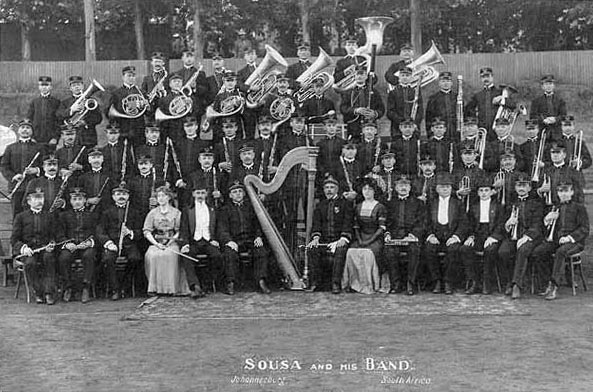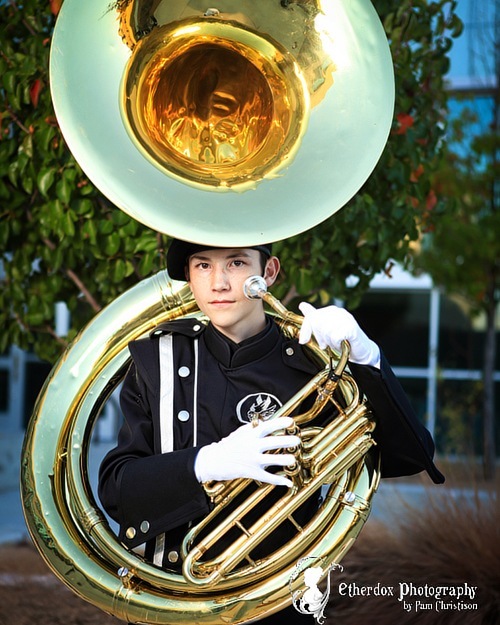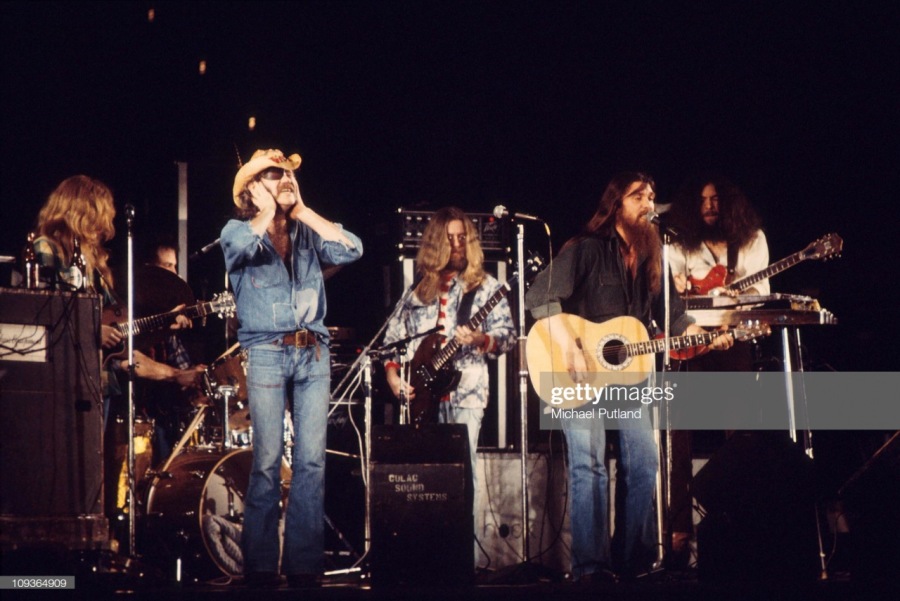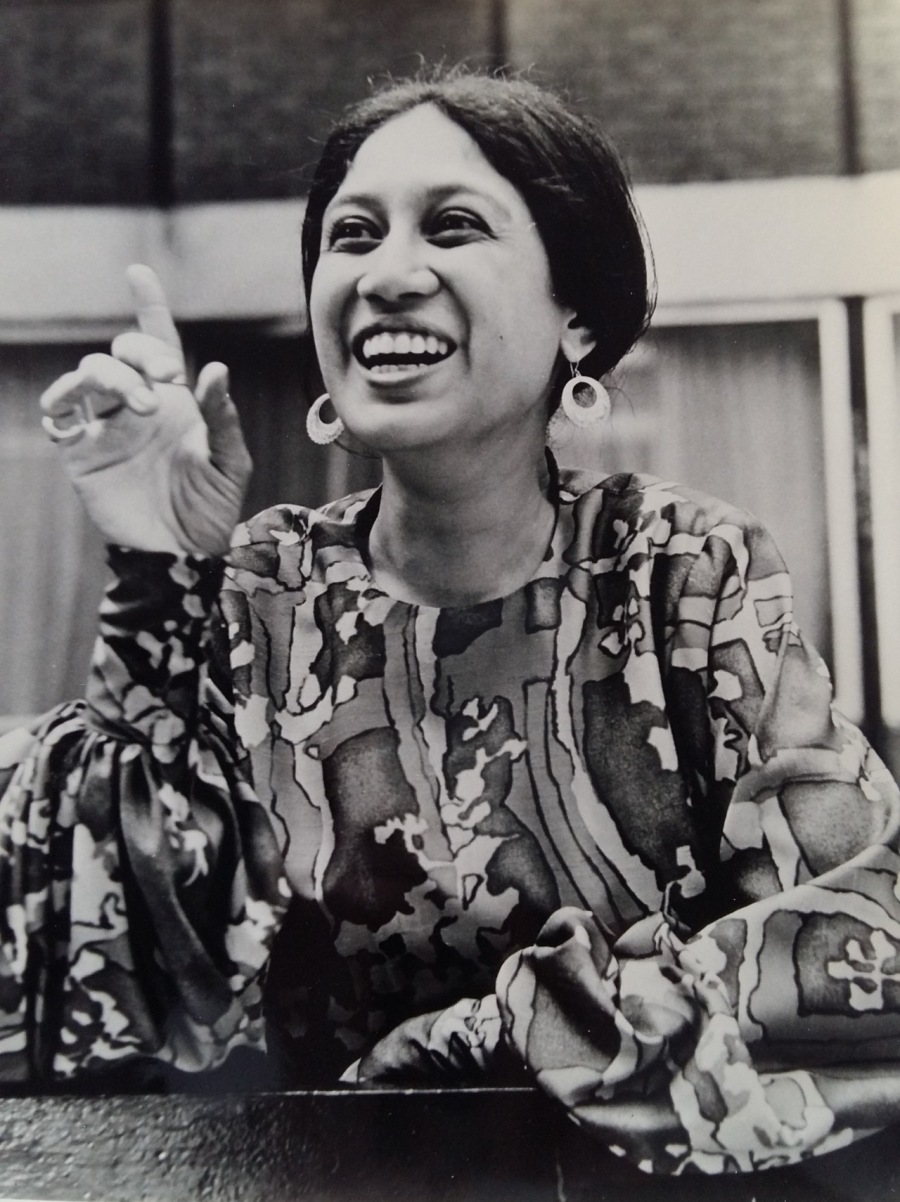MUSIC PROFILES: The March King

John Philip Sousa (November 6, 1854 – March 6, 1932) was an American composer and conductor, known primarily for American military and patriotic marches. Because of his mastery of march composition, he is known as "The March King". He could imagine what a song would sound like just by reading the musical score. Many musicians and composers need a piano to help them hear a song, but Sousa could hear it in his head. He called it his "brain-band."
Sousa was born in Washington, D.C., the third of ten children. He started his music education by playing the violin. At about age six, it was discovered he had perfect pitch—he could recognize any note played—and he was sent to a music conservatory. For four years he studied a number of instruments, including the trombone and alto horn, and displayed extraordinary talent.
When he was ten, Sousa began attending his father’s Marine Band rehearsals (his father played the trombone). The Civil War years, 1861-1865, turned Washington into an armed camp. The proximity of the battles and the family’s visits to the hospital to see the wounded were part of Sousa’s childhood experience. Washington was buzzing with the chaotic sounds of war and among these were military bands. In his autobiography, Marching Along, Sousa recounted, “There were bands galore ... I loved all of them, good and bad alike.”
When Sousa was 13, his father enlisted him in the United States Marine Corps as an apprentice in the Marine Band to keep him from joining a circus band.
Several years later, after serving his apprenticeship, Sousa joined a theatrical (pit) orchestra where he learned to conduct. He returned to the U.S. Marine Band as its head in 1880 (at age 26) and remained as its conductor until 1892. Sousa led "The President's Own" band under five presidents from Rutherford B. Hayes to Benjamin Harrison. Sousa's band played at two Inaugural Balls, those of James A. Garfield in 1881, and Benjamin Harrison in 1889.

He organized The Sousa Band the year he left the Marine Band and toured from 1892 to 1931, performing at 15,623 concerts both in America and around the world, including at the World Exposition in Paris and at the Royal Albert Hall in London. In Paris, the Sousa Band marched through the streets to the Arc de Triomphe – one of only eight parades the band marched in over its forty years.

The marching brass bass, or sousaphone, was created by J. W. Pepper in 1893 at Sousa's request using several of his suggestions in its design. He wanted a tuba that could sound upward and over the band whether its player was seated or marching. The sousaphone was re-created in 1898 by C.G. Conn and this was the model that Sousa preferred to use.
Sousa wrote 137 marches, 15 operettas, 5 overtures, 11 suites, 24 dances, 28 fantasies, and 322 arrangements of nineteenth-century western European symphonic works. He also wrote three novels, an instruction book for trumpet and drum, and an autobiography, Marching Along (1928).
In his embroidered uniform hung with medals, behind his pince-nez glasses and his trademark moustache, wearing his white kid gloves and stirring emotion into the air with his gold-tipped baton, he cut quite a formidable figure. Sousa said a march “should make a man with a wooden leg step out”.
If you played in a high school band, you know who Sousa is. I played clarinet and Sousa's marches were fantastic—but a bear to play at times! Most people think that a march is simple because it has a strong beat. But when you listen to a Sousa march, you will see that it isn't. There are frequently two melodies playing at the same time, much to the delight of the bass players. Instead of just playing a series of low chords, the trombones, tubas/sousaphones and French horns actually get a melody of their own to play, interweaving into the melody of the trumpets, flutes, and clarinets.
“The Starts and Stripes Forever” is the official march of the United States and has original lyrics by Sousa.
Here came one of the most vivid incidents of my career. As the vessel (the Teutonic) steamed out of the harbor I was pacing on the deck, absorbed in thoughts of my manager's death and the many duties and decisions which awaited me in New York. Suddenly, I began to sense a rhythmic beat of a band playing within my brain. Throughout the whole tense voyage, that imaginary band continued to unfold the same themes, echoing and re-echoing the most distinct melody. I did not transfer a note of that music to paper while I was on the steamer, but when we reached shore, I set down the measures that my brain-band had been playing for me, and not a note of it has ever changed.
John Philip Sousa
The march was an immediate success in 1897 and Sousa's Band played it at almost every concert until his death over 35 years later. Sales of the sheet music alone netted Sousa over $400,000 in his lifetime; radio broadcasts, sheet music, and phonograph records brought his heirs tidy sums for many years.
In 1889, the owners of The Washington Post newspaper requested that John Philip Sousa compose a march for the newspaper's essay contest awards ceremony. Sousa obliged; "The Washington Post March" was introduced at the ceremony on June 15, 1889, and it became quite popular. It led to a British journalist dubbing Sousa "The March King". Sousa is honoured in The Washington Post building for his contribution to the newspaper and his country.
The march’s release coincided with the emergence of a dance called the “two-step,” which was quickly becoming a dance craze. The 6/8 time signature of “The Washington Post March” lent itself to the two-step better than anything else at the time. As the dance took off around the world, it took the march with it. According to Sousa scholar Bierley in his book, The Works of John Philip Sousa, “When two-steps were danced in Europe, they were called ‘Washington Posts.’”
Sousa wrote “The Thunderer” in 1889. The origin of its title is unclear. According to Marcus Neiman, the march was dedicated to Sousa’s Masonic organization, so it may have some connection to part of the Masonic symbolism or a person within the organization. The title may also refer to the thunderous trumpet and drum parts in the first half of the march.
According to Sousa’s daughter Helen, “The Thunderer” was a favourite of Sousa’s biggest fan—his wife Jennie.
El Capitan is an 1896 operetta in three acts by John Philip Sousa. The piece was Sousa's first successful operetta and his most successful stage work. The march "El Capitan", composed of themes from the operetta, became a standard work both for brass bands and a crossover into other genres.
Thanks for listening. Hope to see you again next time when we take a journey back in Music History.
(Information used in this post from Wikipedia, Encyclopedia.com, marineband.marines.mil, and WindLiterature.org)

Dominique "Nik" Petersen is an aficionado of old music and the author of Dr. Hook and Me: A Fan's Journal/Scrapbook. Read about it and her other books at the website:
""""
Articles from Dominique 🐝 Petersen
View blog
"The Ballad of Lucy Jordan" is a song by American poet and songwriter Shel Silverstein. It was origi ...

Norma Cecilia Tanega (born January 30, 1939) is an American folk and pop singer-songwriter, painter, ...

James Cecil Dickens (December 19, 1920 – January 2, 2015), better known by his stage name, Little Ji ...
Related professionals
You may be interested in these jobs
-
food service supervisor
Found in: Talent CA 2 C2 - 1 day ago
Bake Chef Co. Calgary, CanadaEducation: · Expérience: · Education · Secondary (high) school graduation certificate · Tasks · Establish methods to meet work schedules · Supervise and co-ordinate activities of staff who prepare and portion food · Train staff in job duties, sanitation and safety procedures · ...
-
store manager
Found in: Talent CA 2 C2 - 1 day ago
3296264 nova Scotia limited Windsor, CanadaEducation: · Expérience: · Education · College/CEGEP · Tasks · Manage staff and assign duties · Study market research and trends to determine consumer demand, potential sales volumes and effect of competitors' operations on sales · Determine merchandise and services to be sold ...
-
construction helper
Found in: Talent CA 2 C2 - 6 days ago
Crystal Consulting Inc. Richmond, CanadaEducation: · Expérience: · Education · No degree, certificate or diploma · Tasks · Load, unload and transport construction materials · Erect and dismantle concrete forms, scaffolding, ramps, catwalks shoring and barricades · Mix, pour and spread materials such as concrete and a ...




Comments
Joel Anderson
6 years ago #2
Pascal Derrien
6 years ago #1